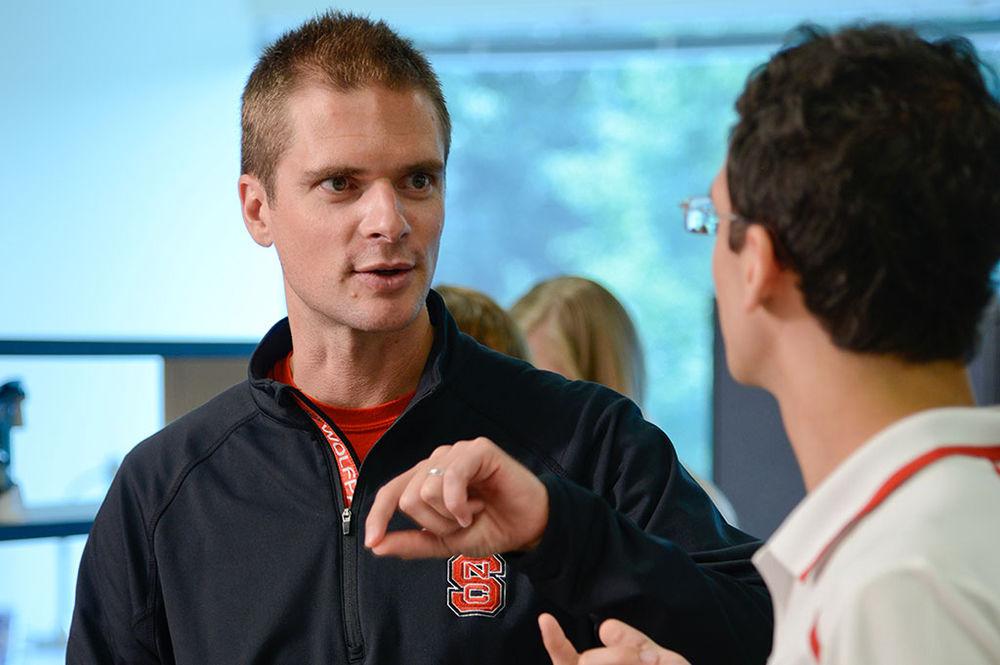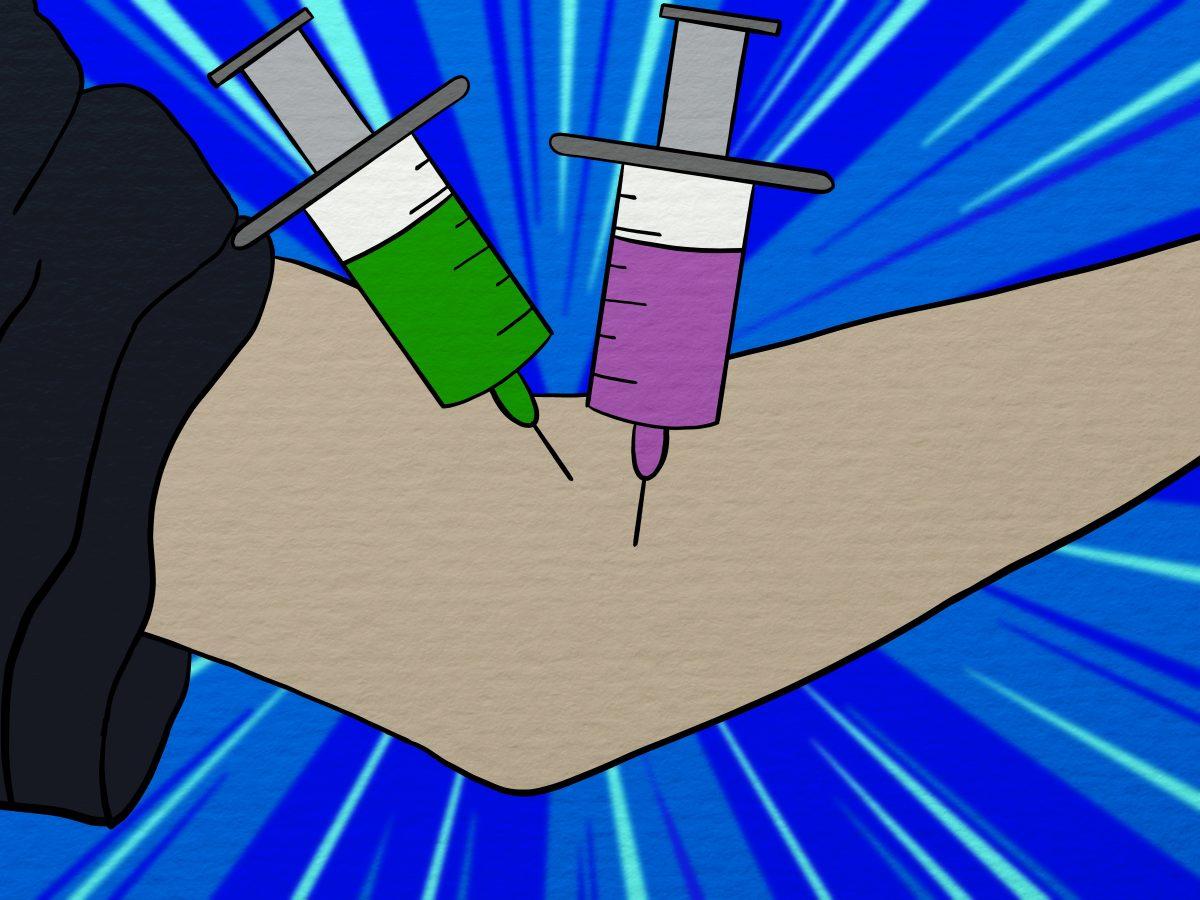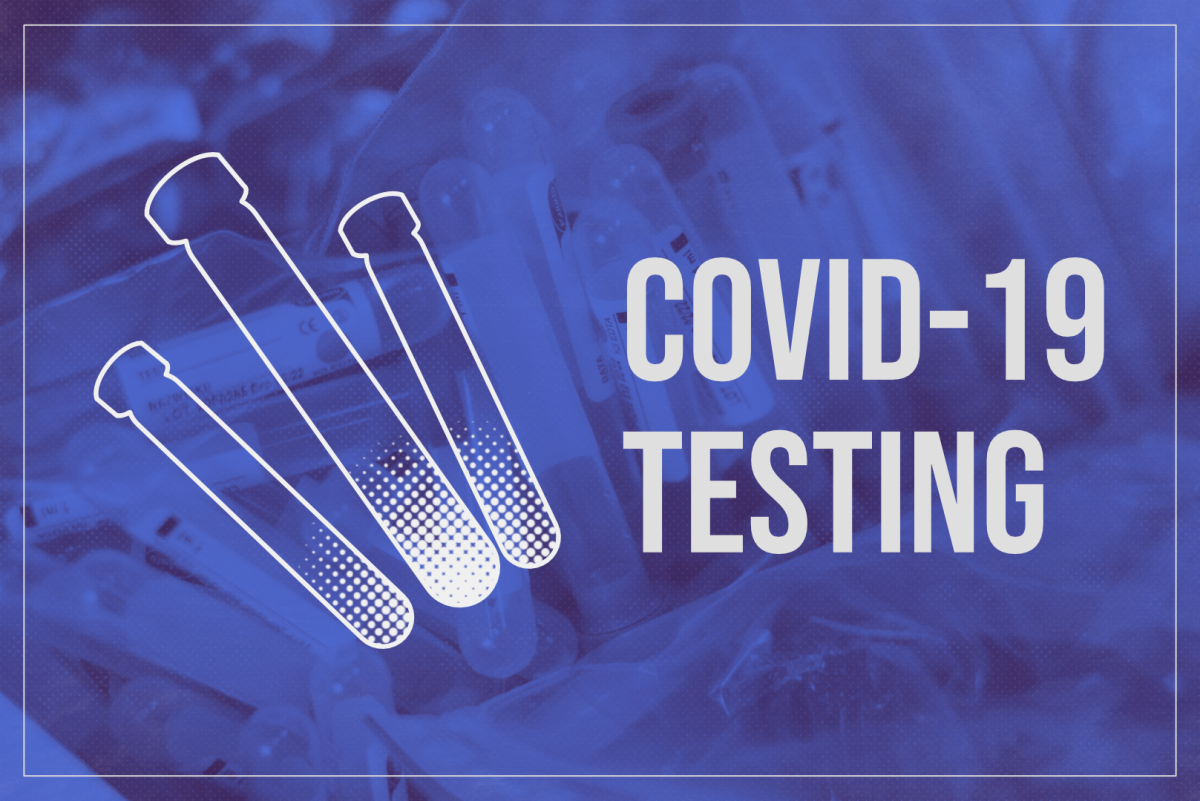Clustered Regularly Interspaced Short Palindromic Repeats (CRISPR), the gene editing tool that earned nationally known scientists Dr. Jennifer Doudna and Emmanuelle Charpentier a Nobel Prize in chemistry on Oct. 7 is currently in use at NC State labs, where researchers are collaborating with other labs to create an effective COVID-19 vaccine.
Rodolphe Barrangou, associate professor in the Department of Food, Bioprocessing and Nutrition Sciences at NC State, received the National Academy of Science Prize in Food and Agriculture Sciences in 2018 for his work with CRISPR.
Echo Pan, a second-year Ph.D. student in functional genomics, is working with Barrangou’s lab this semester.
“As scientists around the world are developing CRISPR-based technologies to combat the COVID-19 pandemic, our lab has been collaborating with Colorado State University to engineer a Lactobacillus-based vaccine for COVID-19 since early April,” Pan said.
The CRISPR lab at NC State is using Lactobacillus acidophilus, a human gut commensal, as a vehicle to deliver the COVID-19 vaccine. The Lactobacillus-based vaccines have multiple advantages, such as noninvasive administration, low cost and their ability to elicit systemic immune responses.
“We use the CRISPR-Cas9 system as a genome editing tool to engineer bacteria to express viral antigens,” Pan said. “The design of engineering is intricate and multilayered. This will hopefully maximize the immunogenicity of the vaccine in the host. We are entering animal trials as we speak.”
In his editorial to the CRISPR Journal, Barrangou lists the nationwide efforts to use CRISPR to diagnose COVID-19.
“At Berkeley, Doudna was overwhelmed with volunteers from academia and industry offering to help set up a 2,500-square-foot testing laboratory that will be able to handle 1,000 tests and more in 24 hours,” Barrangou wrote in his editorial. “The set-up is based on SARS-CoV-2 test kits from ThermoFisher Scientific and features a customized automated workflow.”
The natural CRISPR biochemistry first evolved in bacteria as a way to destroy viruses in a programmed fashion. Studying this was the initial intention of the research study that eventually led to the invention of CRISPR technology.
“When we studied the biochemistry of this system, it led to a kind of transformational discovery for us, which was that this system could actually be re-engineered as a single guided system,” Doudna said at Synthego’s virtual Office Hour session. “This was sort of a proverbial moment in what had begun as a basic science, very fundamental curiosity-driven project morphed into a project that was quickly going in a very new direction, namely for genome editing.”
CRISPR complexes are accompanied by a dual RNA guided programmable enzyme, Cas-9. One protein and one RNA cut any desired DNA sequence. Therefore, it was a simple experiment with a single guide construct.
Barrangou’s work with CRISPR in bacteria has the potential for significant use in food and agriculture, such as virus resistance in yogurt and genome editing in livestock.
Potentially, CRISPR-Cas9 systems could apply to thousands of mutations and inherited conditions. Researchers and experts said those might include breast and ovarian cancer linked to BRCA mutations, as well as diseases like Huntington’s, Tay-Sachs, beta thalassemia and even sickle cell anemia, cystic fibrosis or some cases of early-onset Alzheimers.
Doudna and Charpentier are the first female duo to be awarded a Nobel Prize in chemistry with no male collaborators. Doudna encourages women interested in a career in sciences to pursue it.
“Trust your judgement and your passion,” Doudna said at the virtual session. “If you are excited about an idea, there should be something more to it. Go for it and don’t let anybody derail you.”













